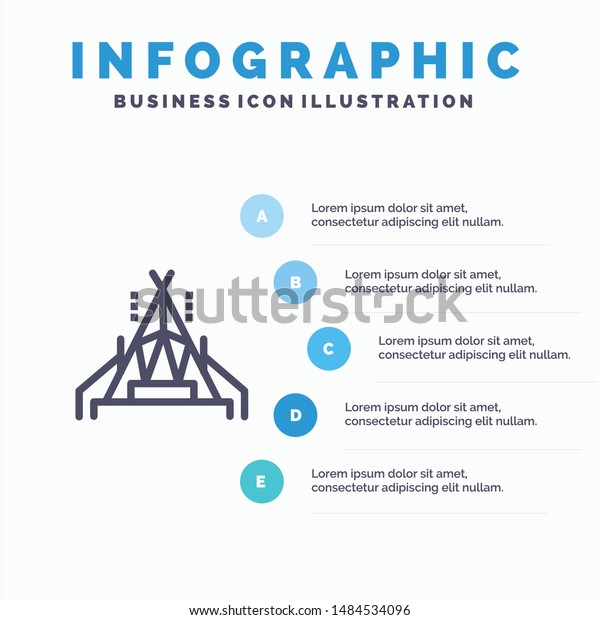The Only Guide You Need For Selling Your Camping Tents Easily
The Only Guide You Need For Selling Your Camping Tents Easily
Blog Article
Does Your Backpacking Tent Need an Impact?
If you camp regularly in areas with rocks or sharp downed branches or just dislike storing a damp, muddy tent, then a footprint is most definitely worth considering. Footprints are likewise reasonably economical compared to a new camping tent.
How many can sleep in a 4m bell tent?
Many outdoor tents suppliers use their own specific impacts, which are cut to the exact dimension of the camping tent floor. Nonetheless, you can make one on your own with a lightweight textile like polycryo or tyvek.
Weather
Whether or not you need a footprint really depends upon the problems you'll be camping in. If you're backpacking in a place where the ground is usually damp (it's practically inevitable), an outdoor tents footprint can be a useful enhancement to your kit, as it will certainly avoid your tent flooring from ending up being soggy.
Nonetheless, if the footprint is also huge it can act as a dampness trap and possibly allow water to swimming pool under your camping tent. This can be avoided by making certain the footprint is reduced a little smaller sized than your tent on all sides.
Usually speaking, it's ideal to get an impact from the exact same supplier as your camping tent to ensure a precise fit. They additionally have a tendency to be made from thicker, more long lasting products than DIY alternatives. They can be expensive for something whose single purpose is to safeguard the ground below your tent, yet it can be a worthwhile financial investment if you care about the durability of your gear.
Terrain
Several quality outdoors tents can work well without an impact, especially those that have actually bathtub floors made of long lasting materials. Nevertheless, the surface you hike on can have a substantial impact on exactly how promptly your camping tent flooring breaks. Granite pieces, sandstone and various other rugged surface areas put on via the bottom of your camping tent quicker than grassy fields or woodland floorings.
A footprint or ground cloth assists extend the life of your tent by functioning as a barrier in between the ground and the sewn-in groundsheet of your outdoor tents, claims REI tents to live in year round elderly sales expert Elizabeth Nguyen. It additionally protects the outdoor tents from rough aspects like sharp twigs and rugged rocks that could pierce or tear the sewn-in flooring. When selecting an impact for your tent, it is very important to guarantee it's slightly smaller sized than the outdoor tents on all sides. This avoids water from pooling in between the outdoor tents and footprint during a rainstorm, which might permeate right into your tent. The very best alternative for a footprint is to purchase one created for your details tent, which will ensure a tight fit.
Outdoors Tents with Reduced Deniers and Water-proof Ratings
Whether you're a casual backpacker or a hardcore adventurer, the toughness degree of your tent is an essential consideration. Camping tents created to be ultralight, approaching minimal, often trade off some degree of resilience in the material and materials utilized.
One material spec you'll experience is denier, which refers to the weight in grams of a 9,000-meter size of thread that composes the outdoor tents's cover, rainfly, and/or flooring. A greater denier specification indicates more rugged fabrics, while lower numbers indicate lighter and less resilient fabrics.
Other specs to look at include floor dimensions, vestibule dimension, and indoor pockets. The previous shows the total square-footage that can be used for livable area, while the latter can play a role in storage by providing a place to stash equipment overnight and in bad weather. Ventilation is likewise a crucial factor; as you breathe out moisture during sleep, it needs to escape, or condensation may build up within. Functions such as mesh windows and panels and adjustable rainfly doors assist boost ventilation and prevent this from taking place.
The Cost
The cost of a camping tent can impact its performance, and it is additionally vital to consider how much you can pay for to spend. Backpackers looking for a lightweight shelter ought to aim for a camping tent with a livability rating of at least two stars, and ideally, 3 or even more.
Livability describes just how roomy a tent really feels, with headroom and flooring measurements playing a huge function. Historically, backpacking camping tents made use of steeply sloped wall surfaces and marginal area to save weight, but contemporary materials allow developers to give even more comfort while maintaining weight low.
Storage space is one more aspect to think about, with vestibules and a quick-pitching layout helping reduce arrangement time. Furthermore, the kind of material finishing and exactly how the tent is stored can influence long life. For instance, a PU finishing that breaks down quicker when damp, or undergoes repeated cycles of storing and un-stowing, can significantly reduce the lifespan of a camping tent. Likewise, making use of a customized impact as opposed to stuffing a tent in a careless fashion will likewise expand its life expectancy.
What is the lightest 2 person backpacking tent?
